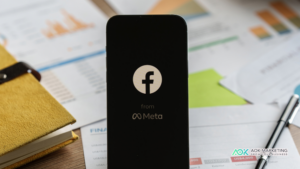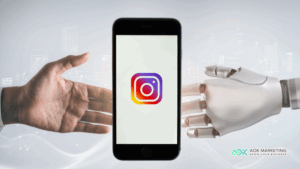In a significant shift in content management strategy, Facebook has announced that it will now automatically delete live videos 30 days after they are broadcasted. This change marks a pivotal turn in how content is preserved and utilized on the platform, impacting both casual users and professional content creators, especially brands that rely on Facebook for marketing and community engagement. This article explores the implications of this new policy, its potential benefits, and challenges, and how users can adapt to this change.
Understanding the Change
Facebook’s decision to delete live videos 30 days post-broadcast comes as part of a broader initiative to manage server space more efficiently and ensure that content on the platform remains fresh and relevant. As live videos can be substantial in size, this move could significantly reduce the digital footprint of Facebook, which hosts billions of video content pieces at any given time.
For regular users, this change means that the spontaneous and often candid moments captured in live videos will have a limited lifespan, pushing them to save or repurpose content if they wish to retain it longer. For brands and content creators, the implications are more profound. Live videos have become a cornerstone of digital marketing strategies for their ability to engage audiences in real-time, offering a genuine interaction that pre-recorded videos cannot match.
Impact on Content Strategy
The new policy necessitates a shift in content strategy, particularly for brands that leverage Facebook Live as part of their marketing toolkit. Businesses will now need to think strategically about the timing of their broadcasts and perhaps even reconsider how often they go live. Instead of relying on the longevity of their content residing on the platform, brands might need to focus more on real-time engagement and immediate content impact.
Moreover, this change could lead brands to innovate more with their content to ensure that each live session delivers maximum engagement. It may also prompt an increase in the production of supplementary content, such as highlights or recap videos, which can live longer on the platform and continue to draw viewers beyond the initial 30-day period.
Benefits of the Change
Despite the challenges it presents, there are several potential benefits to this new policy. For one, it could lead to a cleaner, more organized content feed. Users will likely experience a platform that is less cluttered with outdated content, making it easier to find new and relevant videos.
Additionally, this change could push brands and creators to produce higher quality content. Knowing that the videos will only be available for a limited time, creators might invest more in making each live event special and worth the immediate attention of their audiences.
Challenges to Consider
The primary challenge with this update is the risk of losing valuable content. For brands, particularly those that use live videos for tutorials, webinars, or extensive Q&A sessions, the automatic deletion could mean a loss of important educational or evergreen content that audiences could benefit from long after the live broadcast ends.
This policy could also complicate the measurement of long-term engagement and analytics since the data from live videos will only be available for a limited period. Brands will need to adjust their analytics strategies to capture and analyze data more frequently and possibly shift towards more short-term performance metrics.
How Users and Brands Can Adapt
Adapting to this change will be crucial for Facebook users and brands. Here are several strategies to consider:
Regular Downloads: Users should download their live videos if they wish to keep them for longer than 30 days. This practice will be essential for maintaining a library of past broadcasts.
Repurposing Content: Extracting key segments from live videos to create new content can help maximize the value of live broadcasts. These segments can be used for social media posts, YouTube videos, or even podcasts.
Enhancing Live Engagement: Since the focus will shift more towards real-time viewing, brands should look to enhance the live experience with more interactive elements like Q&A sessions, live polls, and real-time reactions to keep the audience engaged.
Diversifying Platforms: Relying solely on Facebook for all video content might no longer be viable. Brands should consider multi-streaming to other platforms like YouTube, Twitch, or Instagram to ensure their content remains accessible longer.
Conclusion
Facebook’s new policy of deleting live videos after 30 days is a game-changer for many users, particularly brands that rely heavily on the platform for marketing. While it presents challenges, particularly around content longevity and strategy, it also offers opportunities for innovation in content creation and engagement. As the digital landscape continues to evolve, so too must the strategies of those who use these platforms to connect with their audiences.
About The Author
Jana Legaspi
Jana Legaspi is a seasoned content creator, blogger, and PR specialist with over 5 years of experience in the multimedia field. With a sharp eye for detail and a passion for storytelling, Jana has successfully crafted engaging content across various platforms, from social media to websites and beyond. Her diverse skill set allows her to seamlessly navigate the ever-changing digital landscape, consistently delivering quality content that resonates with audiences.






